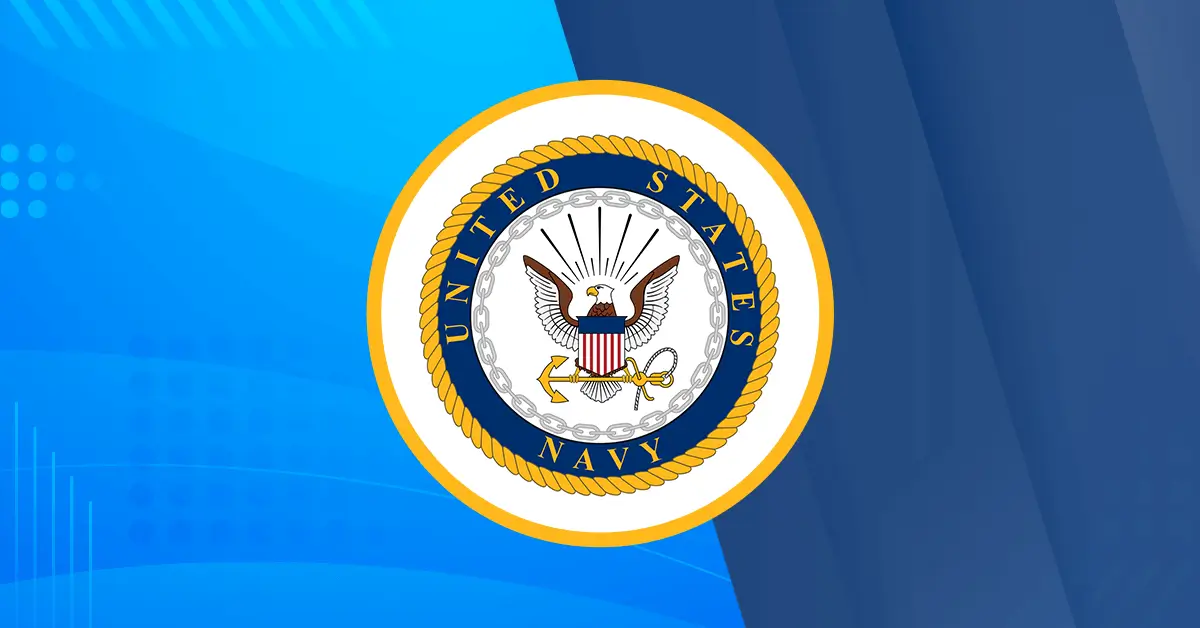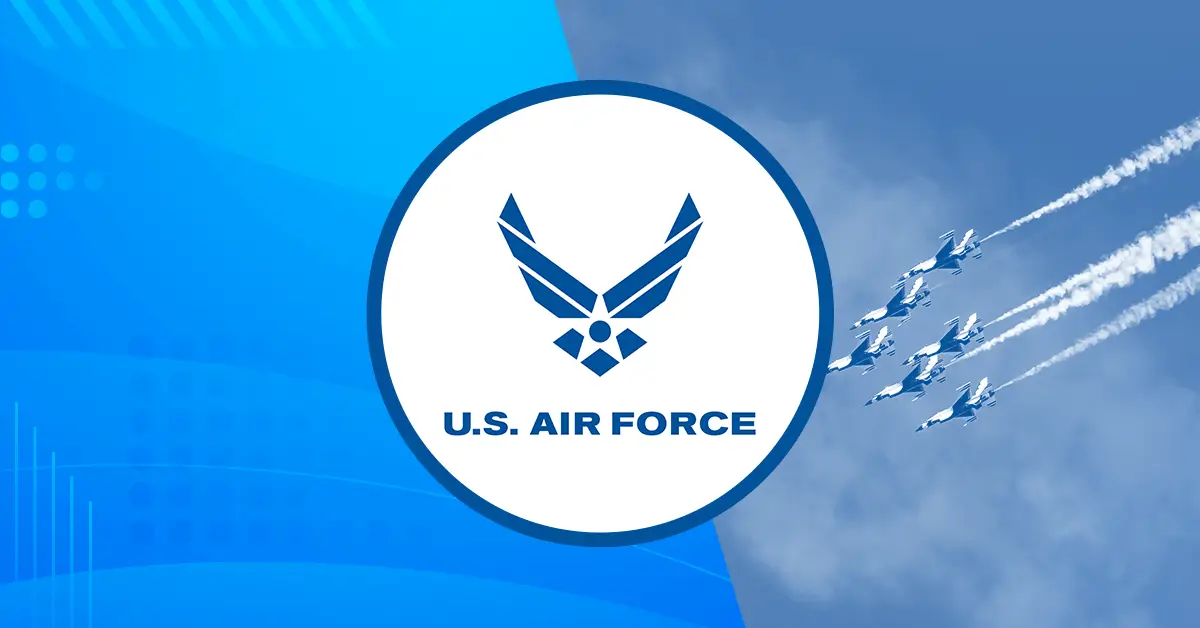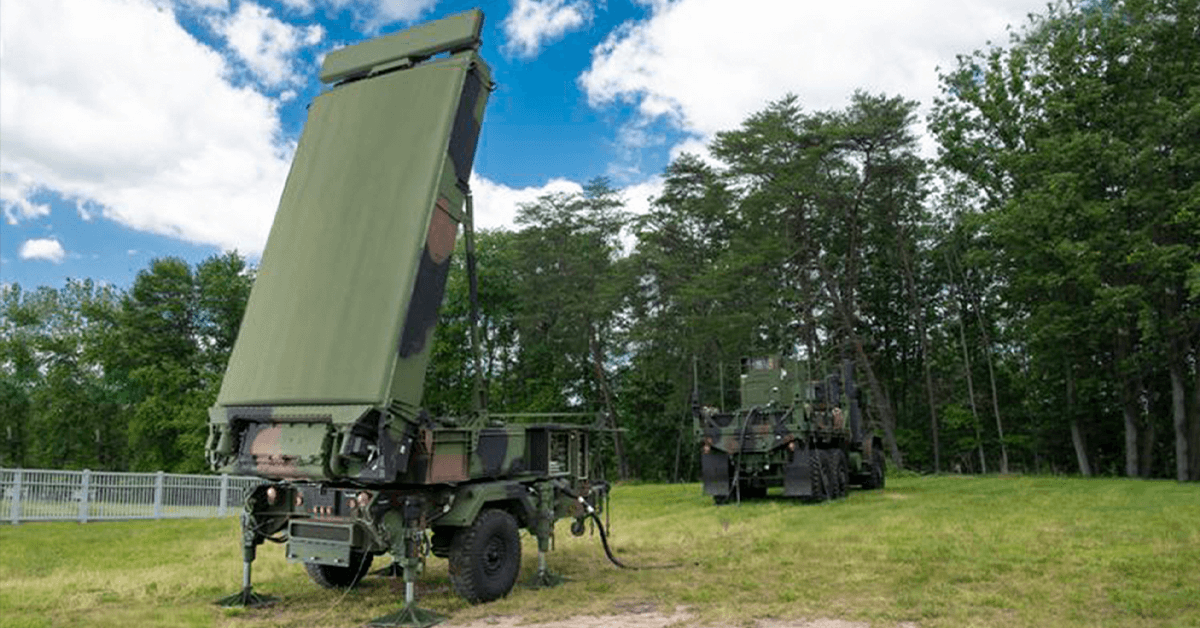The Potomac Officers Club on Wednesday hosted its 8th Annual Defense R&D Summit, which fostered collaborative conversations between distinguished public and private sector defense leaders surrounding the Pentagon’s paramount research and development initiatives to close crucial capability gaps within Department of Defense agencies, drive innovation in next-generation technology adoption and better protect the nation’s warfighters against evolving global adversaries.
Defense Undersecretary Heidi Shyu, a 2022 Wash100 Award winner, began the summit with an opening keynote address focused on the Department of Defense’s current technological priority areas, primary supporting activities and significant investments required to retain the nation’s competitive advantage on a global scale in the constantly developing defense landscape.
Following Shyu’s remarks, the program proceeded with keynote speeches from Dr. Stefanie Tompkins, director of the Defense Advanced Research Projects Agency, and Amanda Toman, acting principal director of 5G Initiative at Office of the Under Secretary of Defense for Research and Engineering, to highlight specific innovation projects and R&D efforts within their respective organizations in the pursuit of advancing national defense capabilities.
If you missed Wednesday’s event, visit PotomacOfficersClub.com, where you can view the full Defense R&D Summit on-demand now.


Panel moderator Joe Bookard, associate director of requirements and capabilities for Raytheon’s intelligence and space business, introduced to the virtual audience Dr. Stefanie Tompkins, a recent 2022 Wash100 Award inductee, who started her keynote session with an overview of DARPA’s significant accomplishments throughout the agency’s history to set the stage for its current and future defense innovation initiatives.
To provide context for DARPA’s key mission areas, Dr. Tompkins highlighted a number of notable developments the agency has previously led, including miniaturizing GPS technology, building the ARPANET which paved the way for what we now know as the Internet, and leading the development of mRNA vaccines.
Dr. Tompkins recalled, “About a decade ago, we started investing in something called mRNA vaccines.”
“They weren’t really a well-known thing back then, but we saw a lot of potential for very rapid vaccine development, which was something we thought our military needed, given the deployments that they face into countries all over the world which are often facing some pretty crazy viruses for which there isn’t a lot of protection,” Dr. Tompkins shared.
This example of DARPA’s early involvement in what was then a significant, emerging development in biodefense shines a spotlight on the agency’s strategy to get in on the ground floor of technological and scientific breakthroughs with what Dr. Tompkins called “pivotal early investments.”
“We’re trying to change the trajectory of technology in order to provide new capabilities for our national leadership and for our military leaders,” Dr. Tompkins explained of DARPA’s investment mission.
Click here to watch DARPA Director Dr. Stefanie Tompkins’ full keynote address on-demand now.

Amanda Toman delivered the event’s mid-day keynote address after a panel discussion on delivering planet-scale innovation from the whiteboard to the warfighter and following a brief break in the program. Michael Berger, defense and aerospace market leader for Capgemini Government Solutions, gave a brief introduction of Toman ahead of her speech on delivering 5G and next-generation communications capabilities to the Department of Defense.
As Acting Principal Director of 5G for the OUSD R&E, Toman spoke on the three main thrust areas – Accelerate, Operate Through and Innovate – that aim to reinvigorate the U.S. telecommunications environment and drive the Defense Department’s 5G initiatives.
Toman called attention to the 5G at-scale test beds the R&E office has stood up around the country through the “Accelerate” thrust area. These test beds, Toman said, provide industry with the unique opportunity to demonstrate and test their 5G capabilities at scale.
The second thrust area, “Operate Through,” focuses on identifying vulnerabilities and heightening security as a critical component of the DOD’s 5G roadmap
According to Toman, this effort helps the Defense Department “understand what the threats might be, not just from the vulnerabilities of the commercial network, but from our adversaries,” so that the department can develop solutions to mitigate against vulnerabilities.
Though the current focus is primarily on 5G, Toman warned against viewing 5G as the end state and emphasized the need to get ahead of the next evolution within the telecommunications and network industry.
“5g is not the end-all, be-all,” Toman stated. “There are going to be iterations or evolutions as there have been over the past years in terms of 6G.” She added that the Defense Department is “trying to look at technology investments now, so that the department is postured for the future.”
To hear Amanda Toman’s full mid-day keynote address detailing the future of 5G in DOD operations, click here.

The Potomac Officers Club on Jan. 25 will host its final Data-Driven 2021 Series event, Fostering Resilient, All-of-Nation Pandemic Response, to join federal and industry health leaders in conversation on where the nation stands in regards to COVID-19 pandemic preparedness and resilience as the highly-contagious Omicron variant poses new challenges to public health.
Rear Admiral Bruce Gillingham, surgeon general of the U.S. Navy, will keynote the event, leveraging his extensive health and military expertise to speak on how robust partnerships with government agencies, academia, industry and healthcare organizations can strengthen the nation’s pandemic response strategy and better protect American citizens.
Click here to register for the Fostering Resilient, All-of-Nation Pandemic Response event on Jan. 25.







